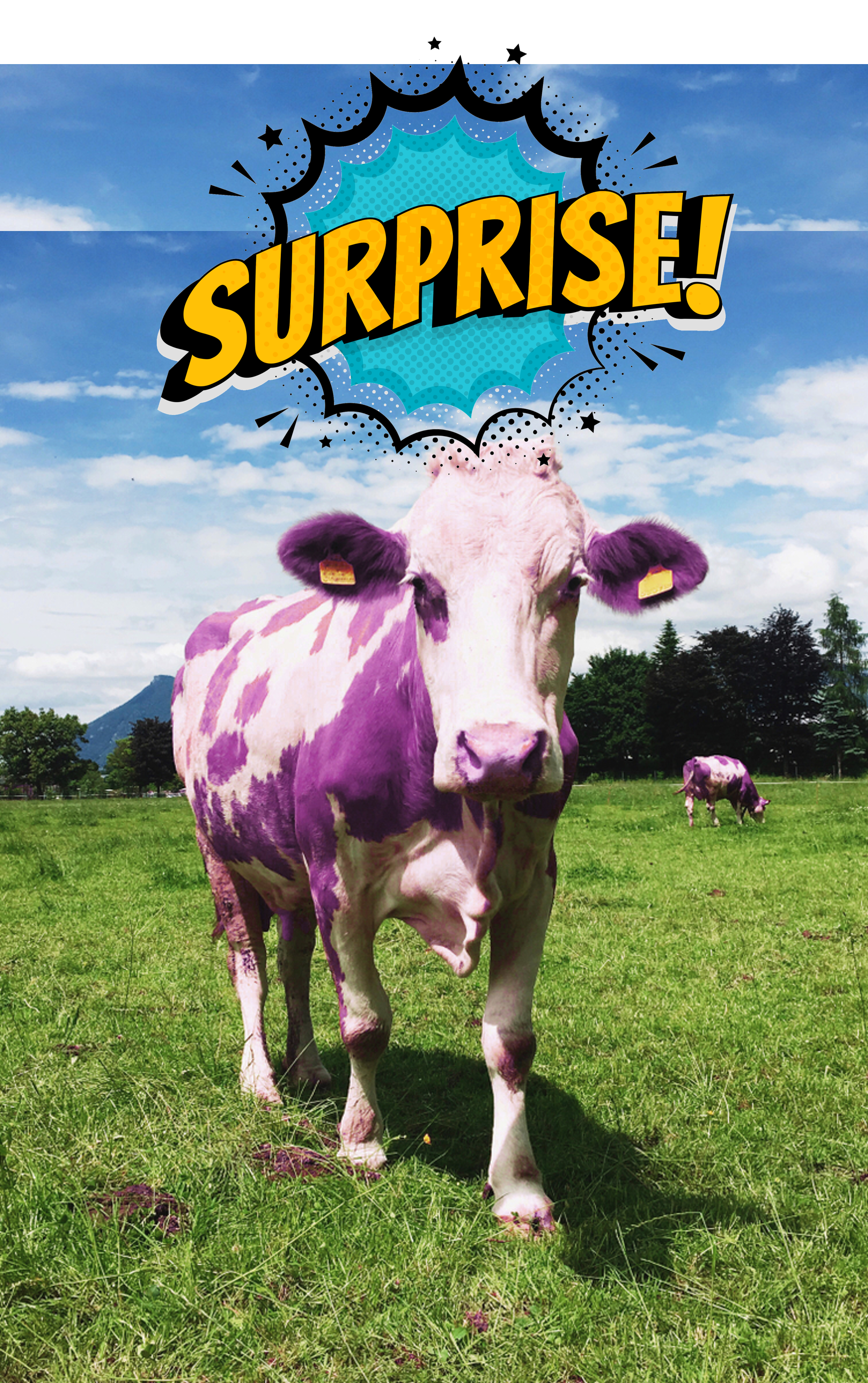
When was the last time you were really surprised – in a good way – by something you heard on a broadcast radio station? Go ahead, think about it. I'll wait….
Chances are, it's been a while. Or maybe you can't remember the last time you were surprised by an “oh wow” song, something novel or clever a personality said, a promotion or contest outside the norm. One of the things radio did best decades ago was to program in periodic surprises. These days, it's not a priority.
Former WPLJ Larry Berger (who I coincidentally blogged about last week) referred to it as “logged spontaneity,” a good way to describe the art of inserting those eye and ear-catching moments that sound spontaneous, that make us sit up, that motivate us to tell others what we've just seen or heard.
There's an art to this. If you've ever planned a surprise party, you know the details and intricacies involved. There are a lot of moving parts involved in pulling off a successful prank or stunt. And if it works, you just might create a moment that becomes a permanent part of a radio station or a personality's narrative.
Steve Dahl's “Disco Demolition” comes to mind. It became – for better or worse – a signature moment in his career. Listeners to the Loop heard all about this stunt before it happened. But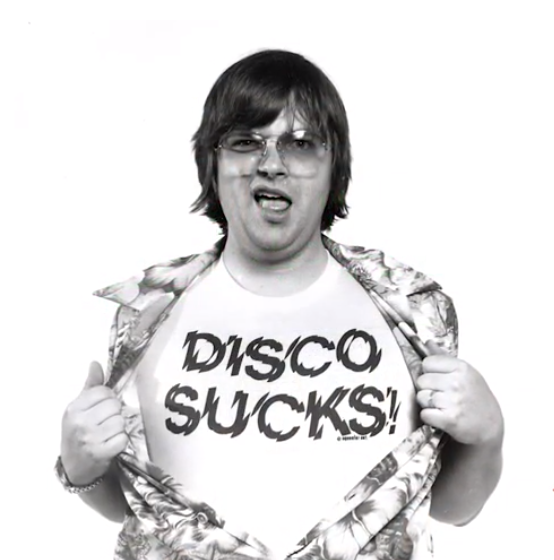 the outcome – a riot at Comiskey Park ended in the Chicago White Sox forfeiting the second game of a doubleheader to the Detroit Tigers (!) in a day that will live in baseball infamy but radio glory.
the outcome – a riot at Comiskey Park ended in the Chicago White Sox forfeiting the second game of a doubleheader to the Detroit Tigers (!) in a day that will live in baseball infamy but radio glory.
In some industries, surprises are unwelcome. Holiday Inn turned “No Surprises” into a campaign – a pledge that when you stayed at one of their hotels, the unexpected would not happen. Smart for hotels, not so smart for radio and TV.
Case in point: Former NPR CEO Jarl Mohn once told me a story that took us back to when he ran MTV back in its glory days. You may recall, the Video Music Awards were a huge showcase – a chance for the channel to attract a bigger than usual audience. When you think back to VMAs you've seen over the years, the ones you probably recall had their share of surprises – “The Kiss” between Britney Spears and Madonna, and the appearance of Fartman (aka Howard Stern) swinging over the stage like a shock jock version of Tarzan.

(“The Kiss” was such a shocker, Britney has made it a talking point story for her new book, “The Woman in Me.”)
The secret according to Jarl was the hiring of Joel Gallen as the show's producer. The VMA ratings had been sagging, and in 1989, Jarl brought in Gallen to shake the show up. His main directive:
“Program a surprise every 20 minutes.”
As a researcher, programmer, and a consultant, I learned you move the needle in the ratings with a well-timed, well-programmed surprise! – one that no one saw coming. And unlike the VMAs, you don't need one every 20 minutes or even every hour. But when the audience comes to look for your station to occasionally shake things up, take a calculated risk, and turn the tables once in a while, it creates memorable moments the audience loves to talk about.
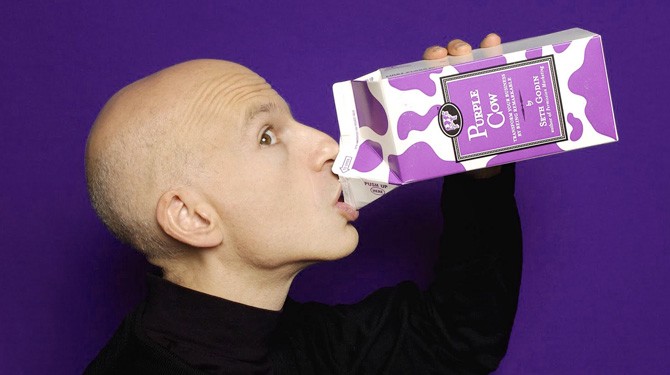 I've long been not just a fan but a proponent of Seth Godin's “Purple Cow.” It would be a mistake to call it a marketing book – it's a manifesto that lays out the steps you can take to bring attention to your brand while delighting your fans.
I've long been not just a fan but a proponent of Seth Godin's “Purple Cow.” It would be a mistake to call it a marketing book – it's a manifesto that lays out the steps you can take to bring attention to your brand while delighting your fans.
Wonderful surprises are happening right now in all walks of sports, entertainment, and life if we're attuned to not just noticing them, but understanding the strategy behind them.
Take McDonald's. Every time things slow down, what do they do? Bring back the McRib sandwich, which like the Who, has retired a number of times. But Mickey D's keeps delighting its carnivore fans with a sneak return of McRib.
MarketWatch reporter Charles Passy recently wrote a story about yet another resurrection of McDonald's popular – but often hard to get – culinary hit:
“Why McDonald's is bringding back its McRib for the umpteenth time” tells the story of yet another encore
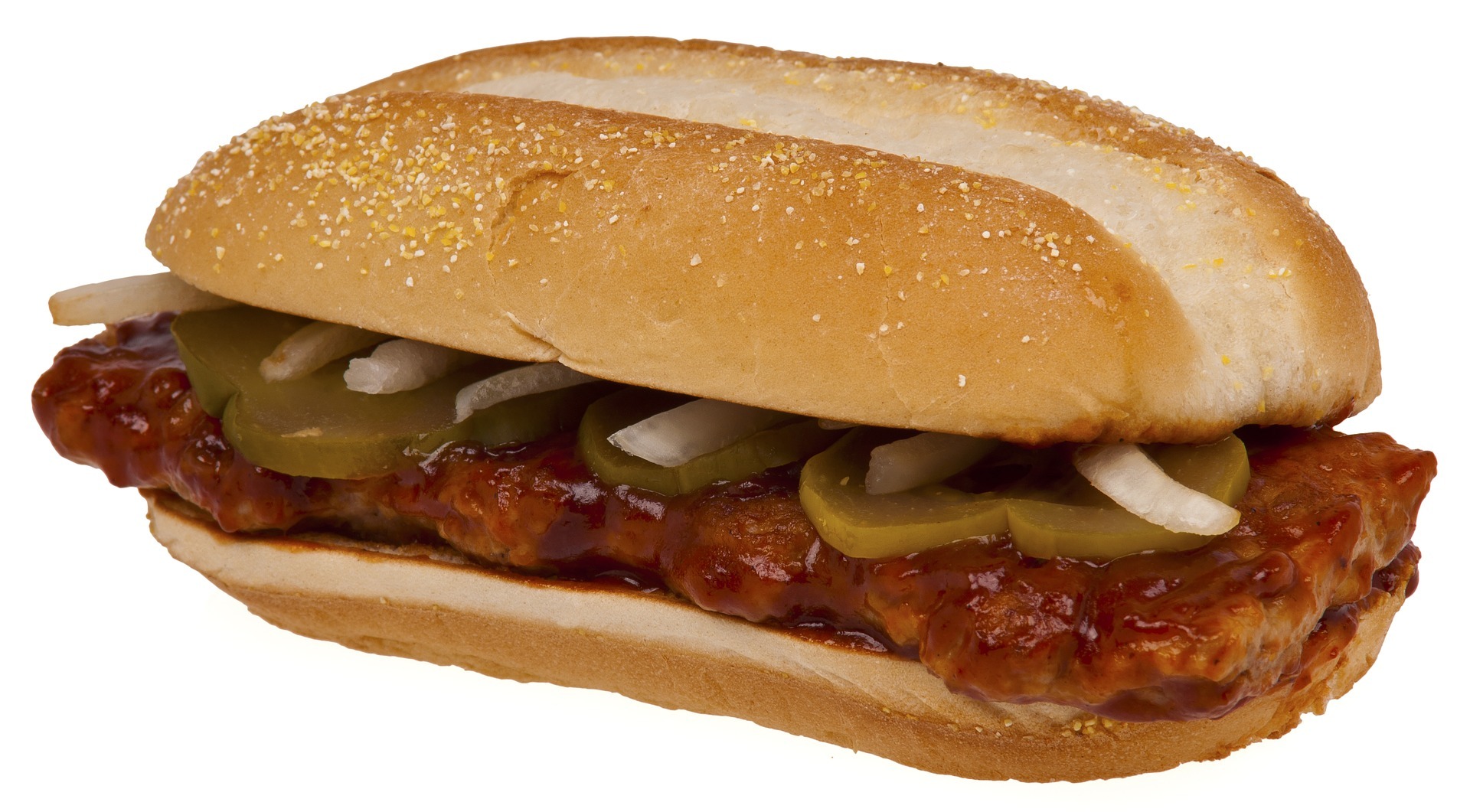
for its beloved sandwich next month. And the fast food giant cleverly mixes surprise, intrigue, and what Passy calls “scarcity marketing” to fan the flames on the McRib barbeque.
In a statement, McDonald's explains the method behind its McRib marketing madness:
“While it won't be available nationwide, some lucky fans may find their favorite elusive saucy sandwich at their local McDonald's restaurants this November.”
Surprise!
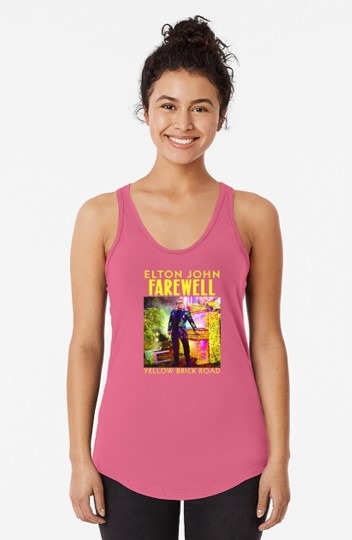 McDonald's execs even use the same terms that Classic Rock bands use in describing their last (?) concert go-rounds. Passy refers to McRib's November encore, “the long goodbye, fast-food style,” invoking the same term the Eagles are using for their so-called final tour happening right now.
McDonald's execs even use the same terms that Classic Rock bands use in describing their last (?) concert go-rounds. Passy refers to McRib's November encore, “the long goodbye, fast-food style,” invoking the same term the Eagles are using for their so-called final tour happening right now.
He also notes that an industry trade publication, Restaurant Business quoted McDonald's CEO Chris Kempczinski who believes in leaving the diner up in the air about McRib's next “surprise” appearance:
“The McRib is the GOAT of sandwiches on our menu. And so like the GOATs Michael Jordan, Tom Brady, and others, you're never sure if they're fully retired or not.”
Surprise!
Isn't that analogous to the Who, Elton John, Motley Crue, Aerosmith and so many others engineering those repeated “farewell tours?” And yet, we keep buying tickets and merch, buying into the scarcity model.
And then there's Sphere in Vegas, a surprise! stop on Jacobs Media's CES Tour in January. Because of the technology's flexibility, Sphere can be “in the moment” in the center of Vegas, always providing a smile and a surprise!
Sphere can be a giant eye, a Halloween pumpkin, a basketball….or the world's largest emoji:
As you've read in recent weeks here in JacoBLOG, there's been a lot of introspection regarding the state of public radio at this obvious inflection point. Recently former NPR programmer, Eric Nuzum published an impressive plan he referred to as “3 Paths: A Framework for Public Radio's Future.”
It's a great read – in Substack under “Audio Insurgent” – and one that many in the public radio world are actively discussing.
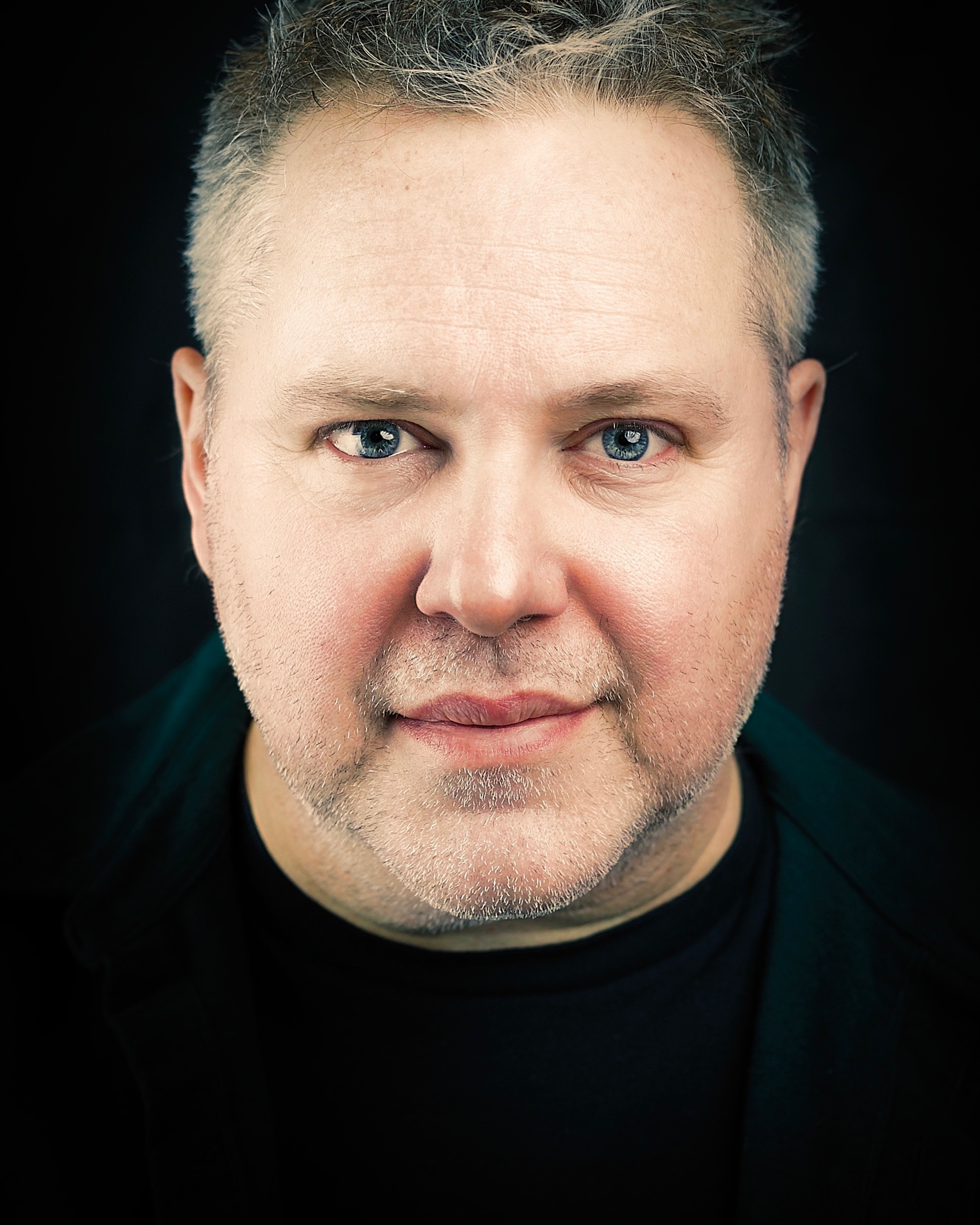
Nuzum's first installment is germane to this post. In it, he makes the case public radio doesn't need a traditional “content marketing strategy.” Instead, he suggests the system could immediately improve itself by adhering to just three words:
“Make surprising choices.”
Eric notes it applies to everything a (public) radio station does, from reading the weather to asking for donations. Here's his pitch for the “surprise strategy.”
“Public radio has developed a reputation for being boring, predictable, unadventurous, and staid. Prove them wrong, today. You’ll be doing your part. Note that I didn’t say ‘Make wild choices,' like writing a promo in Mandarin or screaming your script tracks. But ask yourself how you can do everything you do today in a fresh way. Just go do that for ONE thing today. Then try something new tomorrow. Be clever. Have fun with it. Try something ambitious. Switch things up….Don’t ask permission, just don’t be predictable and rote about what you do. Be fresh. Be the new version of what you do.”
None of this costs money. But it does require putting in the time and the work to go deeper with your thinking; not just taking the first idea on the table and calling it good.
For those of you who learned the “laws of brainstorming” from the great Gerry Tabio or other instructors of creative thinking, you know that in order to hatch a quality idea that surprises and delights your audience, you usually have to dig deeper. But Eric's “wild choices” are bubbling just below the surface. You just have to reach down and pull them up.
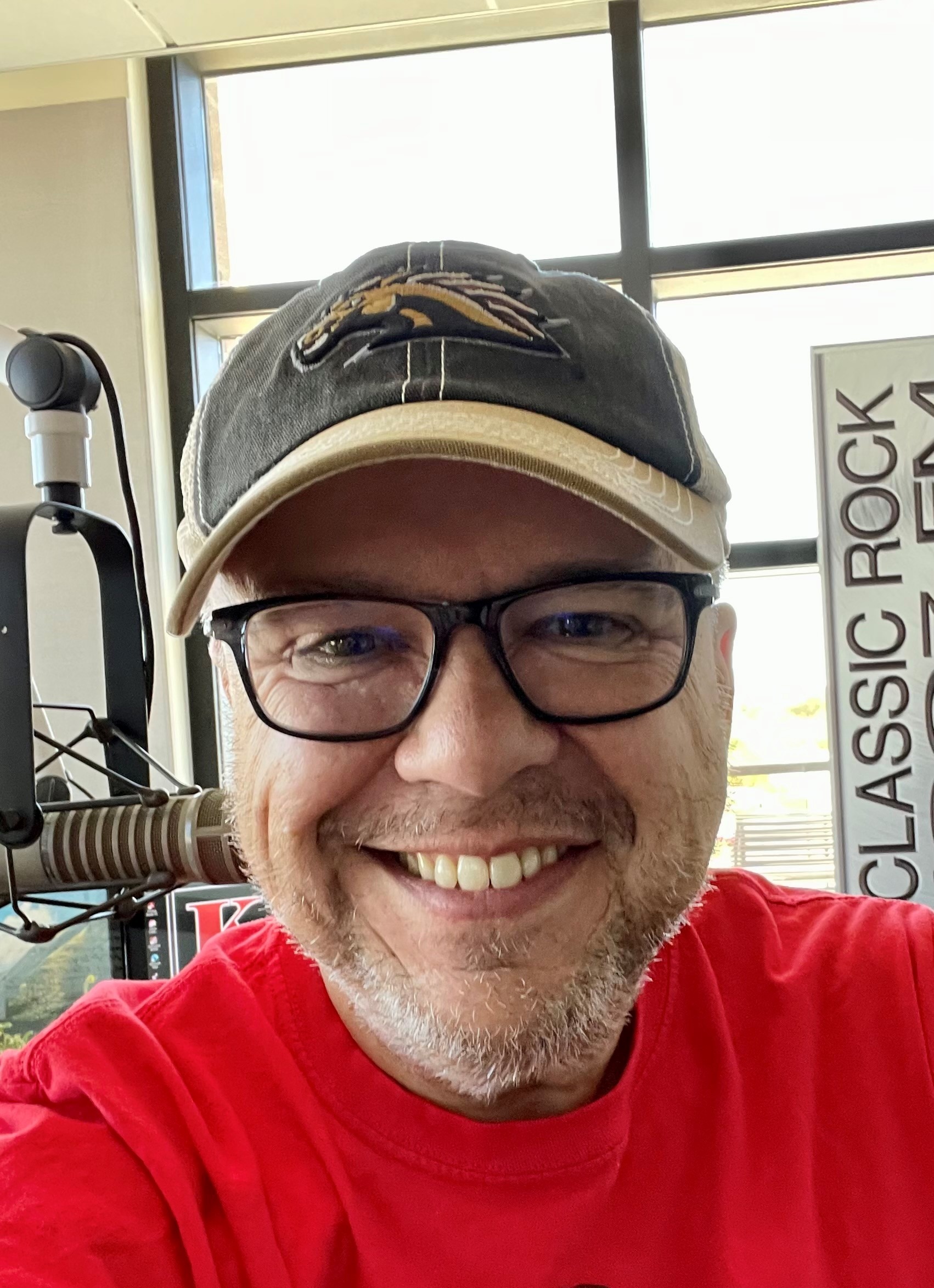
And lest you think I've been spending too much time in public radio lately, consider KSLX in Phoenix, a highly successful Classic Rock station in Phoenix under the Hubbard flag. David Moore is the gifted programmer in the spotlight, a guy I've done Classic Rock with everywhere from Anchorage to Jacksonville.
Recently, David was looking at airing yet another run of the old, reliable long-form feature, “Classic Rock A-to-Z.” For those of you who think Pink Floyd is another breast cancer awareness organization, the stunt takes a Classic Rock station's entire library, alphabetizes it, and then presents it over the course of several days, sometimes one week or more.
The first time a station puts “Classic Rock A-to-Z” in a market, it's akin to treating the audience to their first fireworks show. Lots of ooh's, aah's, and hopefully, some musical surprises in the form of “I haven't heard that song in forever!”
The second run one year later is usually pretty cool, too, but just not as joyous as that first year. The fourth time even brings in fewer “oh wow's.”: And by the tenth encore, it is likely to be met with, “Oh, they're doing that again.”
That's what Dave Moore was facing at KSLX during the holidays last year – a reliable feature that was on the verge of becoming predictable – more image than a generator of ratings…and buzz:
“I felt like that (Classic Rock A-to-Z) needed to be gamified in some way. I reached out to Wade Kingsley (a Hubbard advisor) for one of his stellar ideas, and he came up with the concept of playing one song that clearly does not fit the KSLX Classic Rock A to Z mold, and taking the nth caller when it airs to win $1000.
ideas, and he came up with the concept of playing one song that clearly does not fit the KSLX Classic Rock A to Z mold, and taking the nth caller when it airs to win $1000.
“With this concept in play, we began promoting the KSLX Classic Rock A-to-Z much earlier than we had in the past, beginning the Friday after Thanksgiving with on-air promos, videos, social posts, etc. The pre-promote focused on the size of the library and to listen for the one song that ‘clearly does not fit.'
“As you can imagine, we held that song back until near the end of the stunt. After much debate, our ‘clearly does not fit' song turned out to be ‘Macarena' by Los Del Rio.
“How did our A-to-Z rate? Year over year, the 25-54 share nearly doubled. I attribute it to a great contesting concept, giving us an entrée for tons of promos. It appeared to create some excitement and surprise around a staple that had become a little rote.”
You can only imagine what it sounded like when that song that “clearly does not fit” finally played.
Surprise!
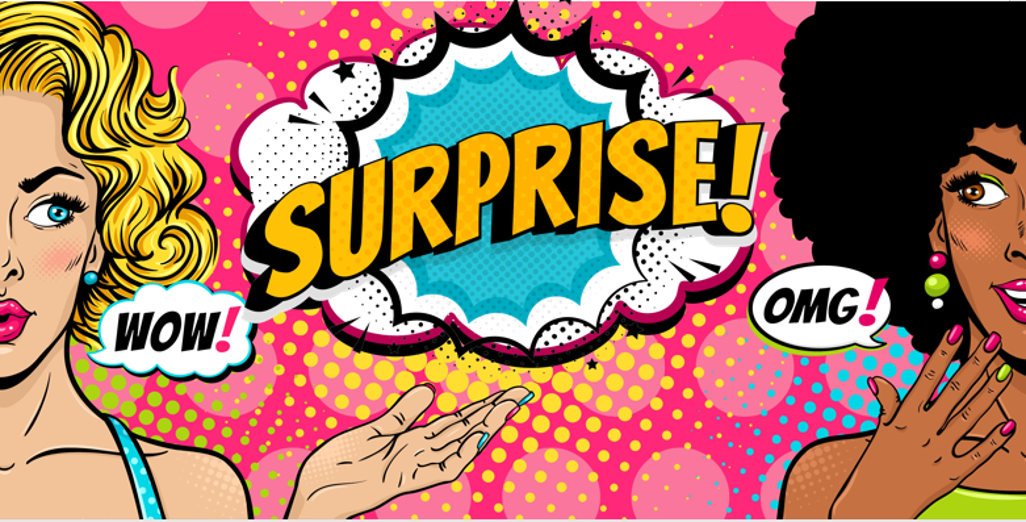 These days, programmers and marketers across the spectrum may feel a sense of frustration – that so many things seem out of their control. Or that bigger forces are in play in the worlds of media and entertainment.
These days, programmers and marketers across the spectrum may feel a sense of frustration – that so many things seem out of their control. Or that bigger forces are in play in the worlds of media and entertainment.
And while that may be true, wise, talented, and perceptive pros will immediately recognize the method behind the madness. Yes, you might have to break format in order to pull off an effective surprise! Not every brand can pull it off. In fact, you need to be well positioned before you turn your brand on its side. And it might also mean checking in with those folks at a higher pay grade. Typically, they're not fond of being surprised.
The magic starts with that kernel of surprise! – an inspirational moment you can put on the air that will bring joy to an audience that perhaps stopped paying real attention long ago.
Surprise!
Register for our CES Tour this January and see the Sphere in Las Vegas for yourself – we've got tickets – along with hundreds of thousands of innovations that will more definitely surprise and delight. Info here
To tap into Eric Nuzum's impressive brain, journey over to Substack and “The Audio Insurgent” here.
- The Auto Industry To Radio: Crank It Up! - May 3, 2024
- How Are Your Ratings? - May 2, 2024
- First I Look At The Purse - May 1, 2024





And yes, you can have fun with AI…
https://says.com/my/entertainment/ai-djs-take-over-fly-fm
Another excellent piece, Fred.
Kudos to Dave Moore for a great twist on A-Z.
I recent column I wrote, largely inspired by another piece you wrote, makes the same point. Until the last 15 years programmers and air talent were encouraged to be disrupters, long before that was a phrase. Today disrupters have no place in this business. Thus no surprises, thus boring stations.
Here’s my version, with a nod to you.
https://barrettnewsmedia.com/2023/10/16/what-has-radio-done-to-earn-a-favorite-status/
Thanks for the kind words, Andy, and nice job on your story.